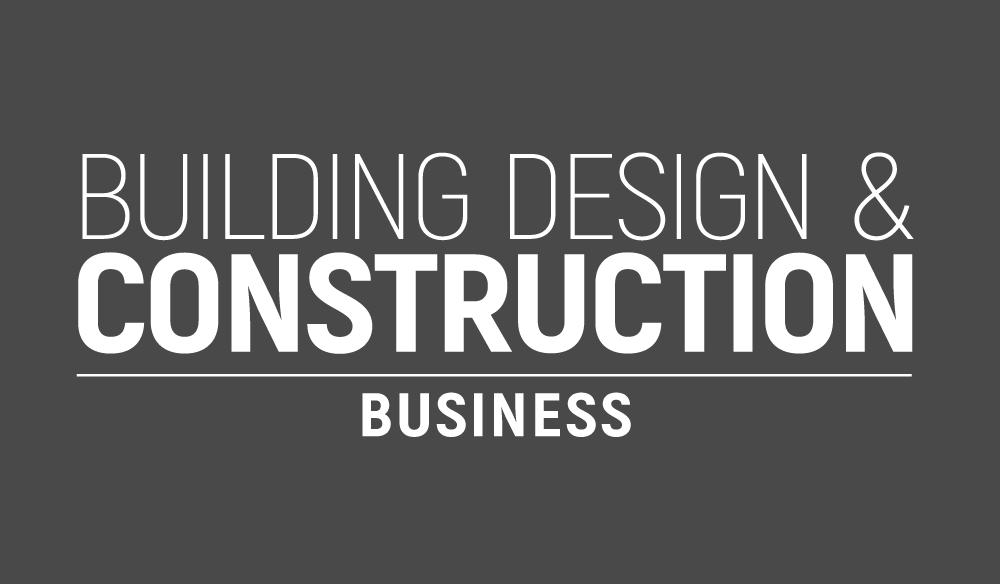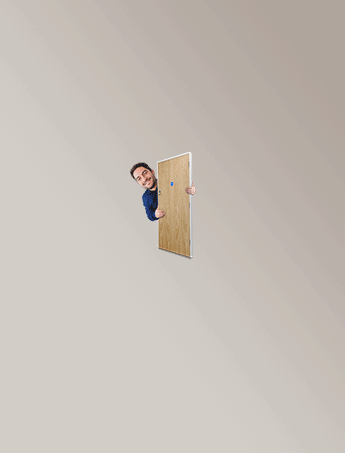Progress does not stand still; it has also affected the construction industry. Every day, new technologies and materials are introduced into production, speeding up the work process, saving raw materials, and bringing huge profits, as well as improving the management of the production process.
Innovations allow construction companies to take the lead among their competitors. Many technologies compensate for the lack of labor and reduce production costs.
The efficiency of the construction industry depends on the results of individual construction sites. The construction of each house is associated with high material and labor costs. One of the goals of innovative developments is to ensure high productivity with minimal investment.
Let’s take a look at some impressive new technologies that are already in active use and those that are just getting ready to conquer the market.
Self-repairing concrete
This invention will save money on building repairs. Everyone knows that concrete deteriorates over time, and cracks appear in the material under the influence of loads and external factors, which requires costs for wall restoration.
Interesting events here – Red Dog Casino for real money
The secret of the invention lies in a bacterial additive that is added to the concrete mixture during the manufacture of reinforced concrete structures. The bacteria, which only come to life when exposed to moisture, are in standby mode. As soon as a crack appears on the surface, they are activated and release natural calcite, which fills the voids and hardens, ensuring water resistance.
Aluminum oxynitride (transparent aluminum)
If the name doesn’t ring a bell, it’s aluminum-based ceramics. The material combines seemingly incompatible properties – the transparency of glass and the strength of metal – it is four times stronger than glass. Moreover, it is much thinner than similar types of protective glazing. The use of transparent aluminum expands the possibilities for manufacturers of protective partitions, bulletproof glass, and other products.
Aerogel
This is a solid yet lightweight insulating material. It is called “frozen smoke.” It is obtained from a special gel using a special technology that transforms the liquid material into a gaseous substance with a solid consistency and transparency. The shape of the product is determined by the nanotubes in its composition.
This method allows you to obtain the thinnest sheets with reliable insulating properties, consisting of 90% air. The possibilities for using aerogel sheets are wide-ranging, from sewing outerwear to installing thermal insulation in buildings.
Its insulating properties are four times higher than those of fiberglass insulation. The thermal insulation material weighs almost nothing.
3D printing of buildings and structures
The technology is based on the work of a construction printer that prints houses. It allows a small building to be constructed in one day. The introduction of this technology is being considered in various locations – in this way, not only individual houses but also entire complexes will soon be built.
Transparent concrete
This is concrete that allows light to pass through. Concrete products, permeated with fiber optic threads, allow a large amount of light to pass through and can withstand significant loads. The material has low water absorption (1%) and high compressive strength (70 MPa). Developers predict a bright future for transparent concrete—it can be used to build walls, swimming pools, and landscaping.





